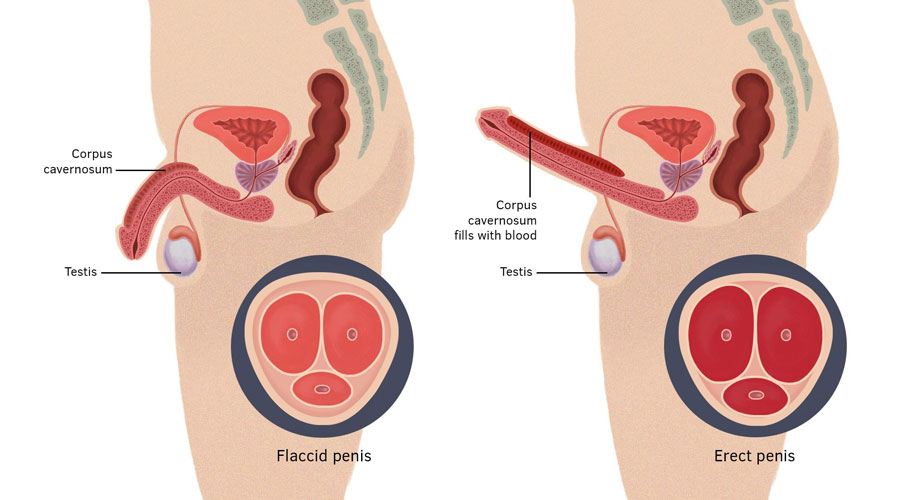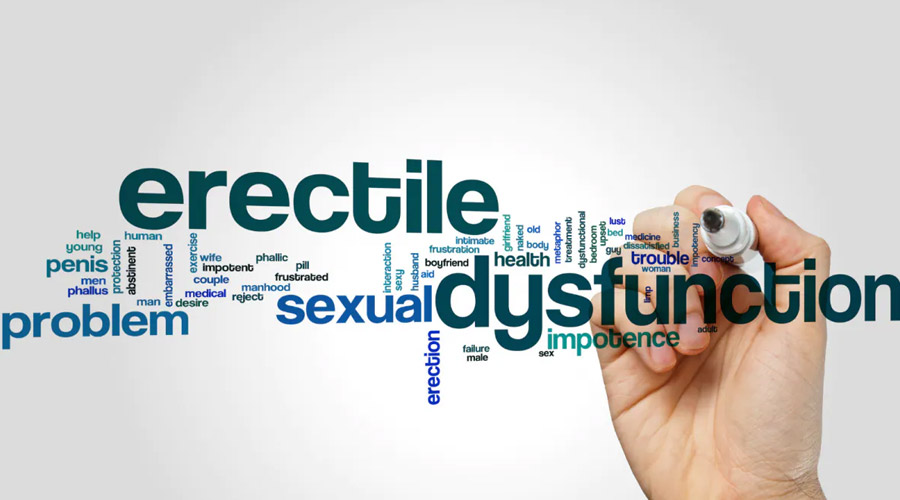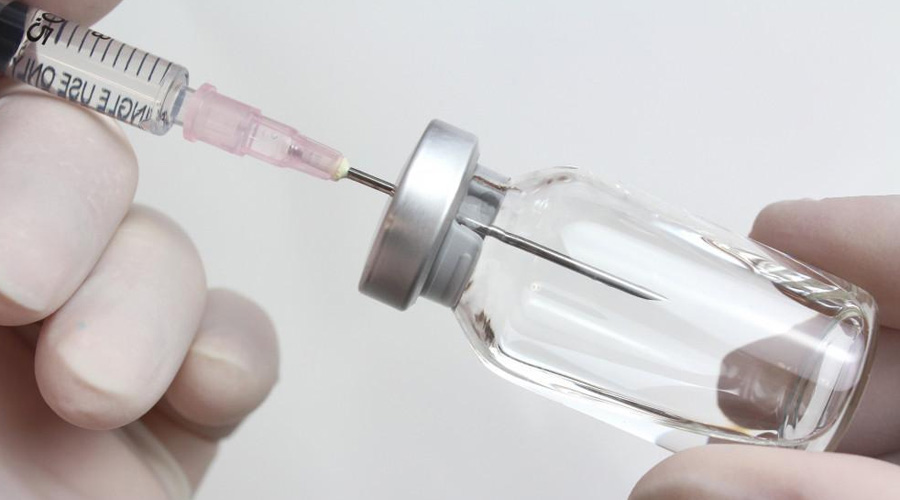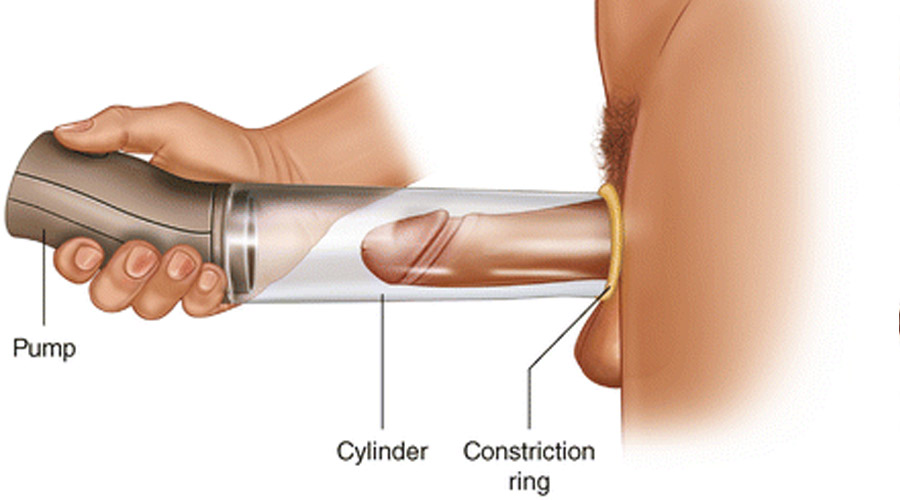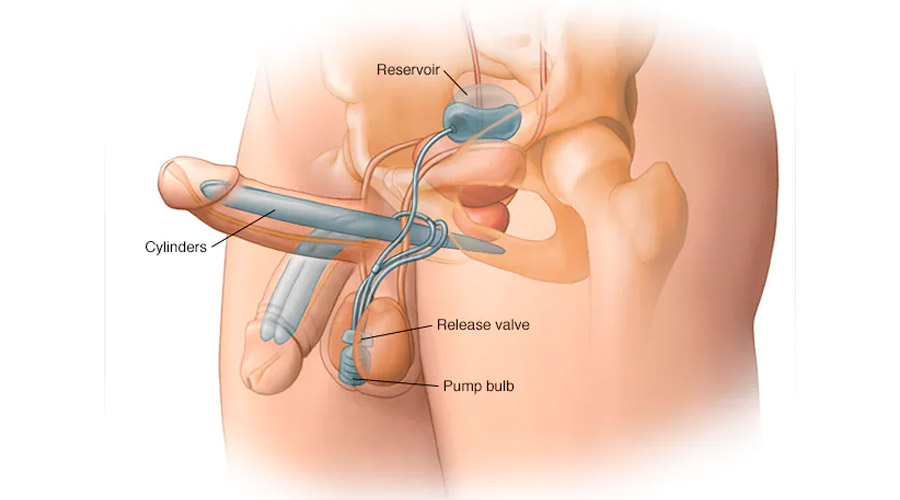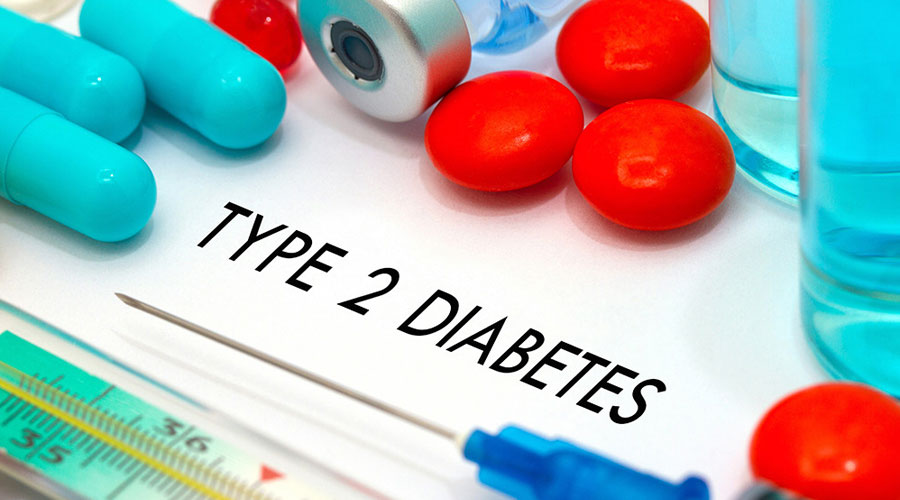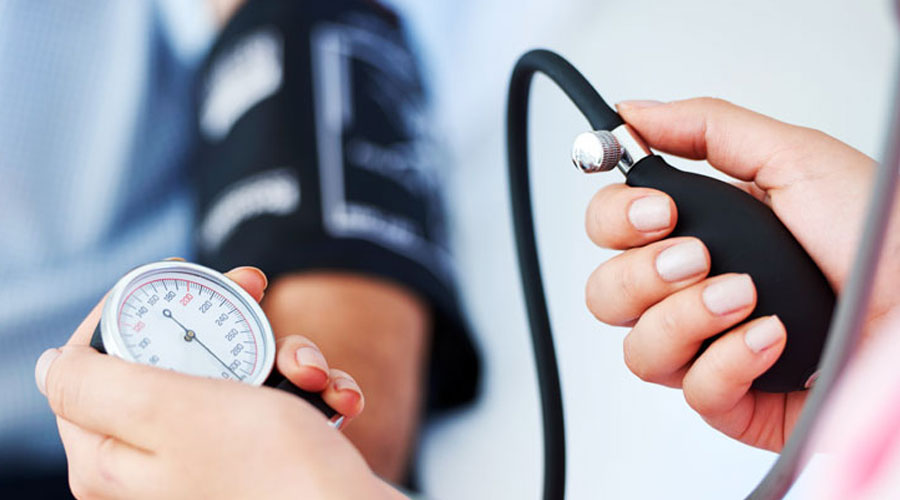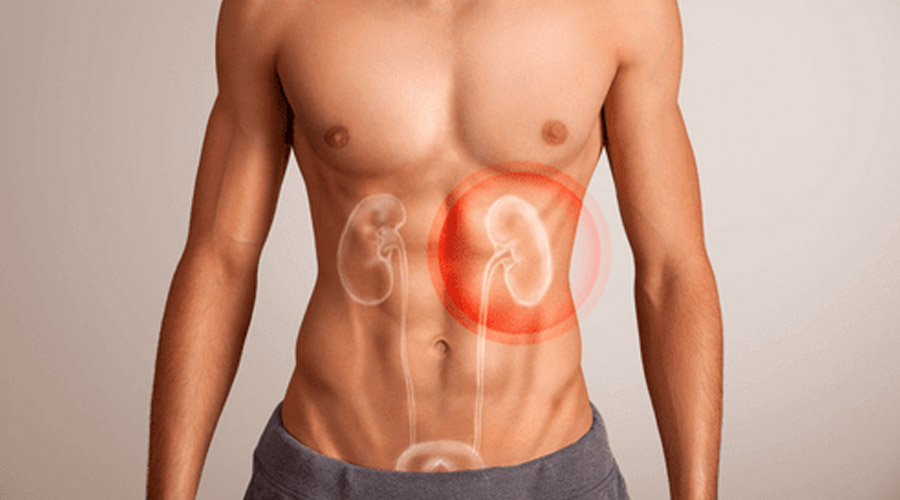Erectile dysfunction (ED) is a common problem that affects many men. Some treatments, like prescription drugs, are effective but can have side effects. Other treatments, like penile injections, require surgery. Exercise has also been shown to be beneficial for ED, and there are many ways to do it. However, research is limited on which exercises are the most effective. In this review article, we will look at the available evidence on the effectiveness of different types of erectile dysfunction exercises and discuss what people should do if they want to try them. In this blog post, we will learn about Erectile Dysfunction exercises!
What is erectile dysfunction?
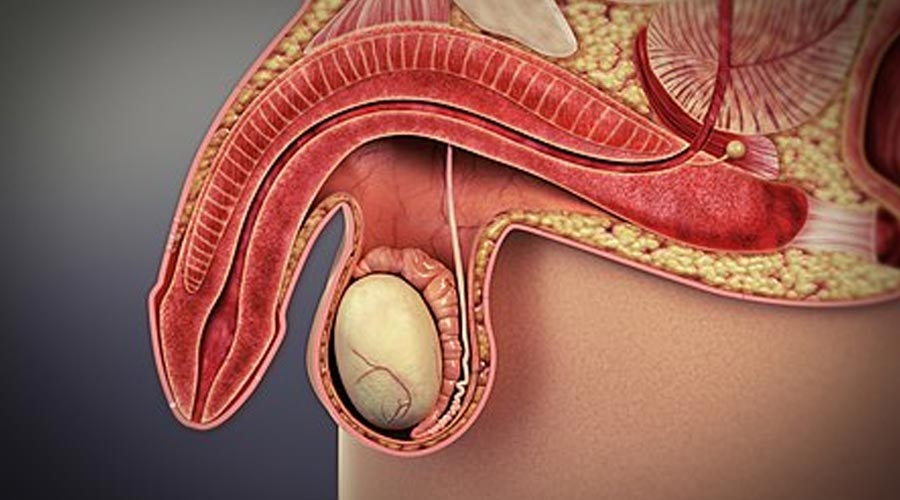
Erectile dysfunction, also known as ED, is a condition in which a man has difficulty getting or maintaining an erection. It can be caused by physical or psychological issues. Physical issues can include injuries, chronic health conditions, and the effects of certain medications can cause developing erectile dysfunction. Psychological issues can include stress, anxiety, and depression. Treatment for ED depends on the underlying cause.
What are erectile dysfunction exercises?
Erectile dysfunction exercises are a set of activities that are designed to improve sexual function in men. The exercises can help to strengthen the pelvic floor leg muscles, which may help to improve erectile function. Additionally, the exercises may also help to improve blood flow to the penis and overall sexual function.
Kegel exercises for erectile dysfunction
Kegel exercises are a great way to help in activating pelvic floor muscles. Kegel exercises can help men with erectile dysfunction by increasing blood flow and helping to keep the penis firm. To do Kegel exercises, tighten the pelvic floor muscles like you are trying to stop the flow of urine. Hold for five seconds, then release. Repeat 10 times. Do three sets per day for pelvic floor activation.
Side pelvic floor exercises
Side pelvic floor exercises are a type of exercise that target the muscles on the pelvic floor. These muscles help to support the bladder, bowel, and prostate. They also play a role in sexual function and erectile dysfunction.

Exercising these muscles may help to improve erectile function in some men. There are several different ways to do side pelvic floor exercises. One common exercise involves tightening the muscles around the anus and then lifting them up and inward toward the spine.
Flat on the back pelvic floor exercises
The pelvic floor muscles are a group of muscles that support the bladder, bowel, and reproductive organs. They also play a role in sexual function. strengthening these muscles with pelvic floor exercises can help improve erectile function in men.
There are a few different ways in performing pelvic floor exercises. The easiest way is to do a Kegel exercise. To do a Kegel, tighten your pelvic floor muscles like you’re trying to stop the flow of urine. Hold for 5 seconds, then release. Repeat 10 times. You can also try doing reverse Kegels.
Sit-on-chair pelvic floor exercises
To do pelvic exercises, you will need to find a comfortable place to sit in a chair. You should then squeeze your pelvic muscles for five seconds and release them for five seconds. Repeat this process ten times. You can do these exercises three times a day.
Pelvic floor exercises work by strengthening the muscles around the penis and prostate. This helps improve blood flow and allows for easier erection attainment and maintenance. Pelvic floor exercises can also help improve bladder control and may help reduce the risk of incontinence later in life.
Standing pelvic floor muscles exercise
Pelvic floor muscle exercises may be the answer for you. Strengthening these muscles may help improve blood flow to the penis, leading to improved erections. One exercise you can try is standing pelvic floor muscle exercises.
To do this exercise, stand with your feet shoulder-width apart and your hands on your hips. Tighten your pelvic floor muscles, hold for 5 seconds, and then release. Repeat 10 times. You can also try tightening and releasing these muscles while sitting or lying down. It’s important to note that it may take some time before you see results from pelvic floor muscle exercises. Be patient and stick with it!
Pilates exercises
Pilates is a form of exercise that focuses on strengthening the core muscles. It is effective in treating erectile dysfunction. One study found that 86% of men who participated in a Pilates program saw an improvement in their symptoms.

Many different Pilates exercises can help improve erectile dysfunction. Some of the most popular exercises include the pelvic tilt, the roll-up, and the hundred. These exercises work by strengthening the pelvic floor muscles and improving blood flow to the penis.
Supine foot raises
A supine foot raise is an easy and effective exercise that can help improve erectile dysfunction. This exercise involves lying flat on your back with your feet elevated on a bench or stool. Raise and lower your heels for 10-15 repetitions. This exercise helps improve blood flow to the penis, which can help improve erectile function.
Knee fallouts
When it comes to treating erectile dysfunction, many people may not think of exercise as a potential solution. However, according to a study published in the “Journal of Sexual Medicine,” certain knee fallout exercises can help improve erectile function in men with mild to moderate erectile dysfunction. Researchers believe that the exercises help improve blood flow and nerve function in the penis, both of which are important for getting and maintaining an erection.
Pelvic curl
Many people suffer from erectile dysfunction, which is a condition that makes it difficult or impossible to get or keep an erection. While there are many treatments available, such as medication and surgery, some people may prefer to try less invasive methods first. Pelvic curl exercises are one such option.
Pelvic curl exercises work by strengthening the pelvic floor muscles. These muscles play a key role in sexual function and can help to improve erectile dysfunction. To do a pelvic curl exercise, you will need to locate your pelvic floor muscles.
To do this, try to stop the flow of urine when you are going to the bathroom. The muscles you use to do this are your pelvic floor muscles. Once you have located your pelvic floor muscles, you can start doing the pelvic curl exercises.
Do erectile dysfunction exercises help?
To answer this question, we looked at the scientific evidence on the effects of ED exercises. We found that there is some evidence that these exercises can help improve ED symptoms. However, more research is needed to know if they are effective and safe.

Most of the studies on ED exercises have been small, and they have not been done for very long. So far, there have been no reports of serious side effects from doing these exercises. But more research is needed to know if they are safe.
Things to remember when exercising for erectile dysfunction
First, make sure you’re getting enough exercise. This may seem like common sense, but many people don’t get enough exercise, which can lead to several health problems, including cardiovascular disease and erectile dysfunction. So make sure you’re getting at least 30 minutes of exercise per day.
Second, focus on exercises that improve blood flow. Things like walking, running, biking and swimming are all great exercises for improving blood flow and overall cardiovascular health. And this is important for men with erectile dysfunction because poor blood flow is often one of the main causes of the condition. An aerobic exercise can also be good. Aerobic exercises benefit the whole body.
FAQ
What exercises fix erectile dysfunction?
Erectile dysfunction is a condition that affects many men and can have a significant impact on their quality of life. While there are many potential causes of erectile dysfunction, one common cause is poor blood flow to the penis. Fortunately, several exercises can help improve blood flow to the penis and help fix erectile dysfunction. These exercises include Kegel exercises and Squats to improve sexual health and sexual intercourse.
How can I regain erectile strength?
Erectile dysfunction is a common problem among men, with estimates that as many as one in four men will experience it at some point in their lives. While there are many potential causes of erectile dysfunction, one of the most common is low levels of testosterone. Fortunately, there are steps you can take to improve your testosterone levels and regain your erectile strength.
What is the fastest way to cure ED?
Some people believe that the fastest way to cure ED is through medication. However, this is not always the case. Some people find that the medication does not work for them or that they have side effects from taking the medication. Others believe that therapy is the fastest way to cure ED. This may be true for some people, but not all.
Some people find that they do not have enough time for therapy or that they do not feel comfortable talking about their problems with a therapist. Finally, some believe that alternative methods are the fastest way to cure ED. This may be true for some people, but not all.
Do erectile dysfunction exercises work?
There is some evidence that suggests that certain exercises may be helpful for people with erectile dysfunction. For example, one study found that doing pelvic floor muscle exercises improved erectile function in men with diabetes. Another study found that doing Kegel exercises improved sexual function in women with stress urinary incontinence.



